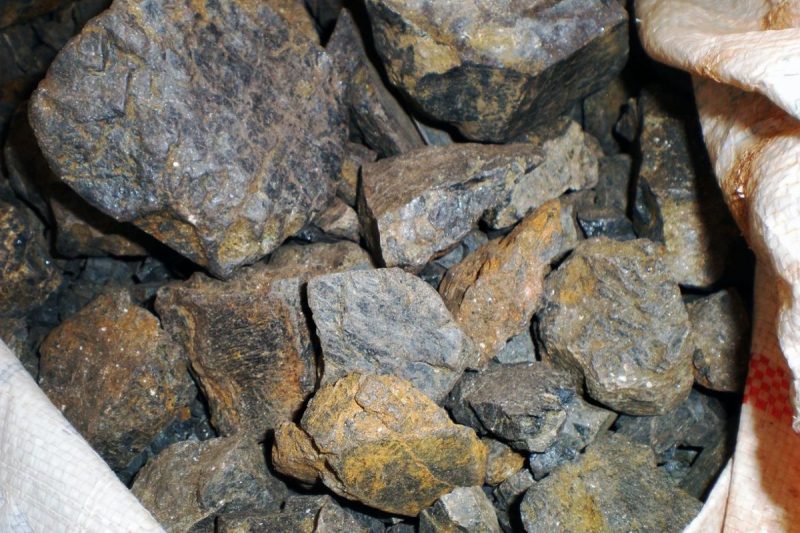1. Coltan Distribution Across the Globe
Known for its abundance in the Democratic Republic of Congo, coltan is also found in regions spanning from Australia to Canada. Within the DRC alone, nearly 80% of the world’s coltan reserves are concentrated, making it a crucial player in the global market. Furthermore, countries like Rwanda, Burundi, and Uganda also possess significant coltan resources, contributing to the intricate web of international supply and demand.
2. Environmental Impact of Coltan Mining
The extraction of coltan has significant environmental repercussions, putting immense pressure on fragile ecosystems. Deforestation, soil erosion, and water pollution are common consequences of intensive coltan mining activities. Moreover, the use of harmful chemicals and heavy machinery in the extraction process further exacerbates ecological degradation, posing a threat to biodiversity and local communities.
3. Social Implications of Coltan Mining
The mining of coltan often occurs in conflict-prone regions, leading to socio-political unrest and human rights abuses. The demand for coltan has fueled armed conflicts in the DRC, with armed groups exploiting the mineral trade to finance their activities. This has resulted in widespread violence, displacement of communities, and rampant exploitation of labor, particularly affecting vulnerable populations such as women and children.
4. Economic Significance of Coltan
Coltan plays a vital role in the global technology industry, as it is a key component in the production of electronic devices like smartphones, laptops, and gaming consoles. The ever-increasing demand for consumer electronics has driven up the global coltan market, making it a lucrative commodity for both legitimate businesses and illicit actors. This economic significance perpetuates the cycle of exploitation and conflict in coltan-rich regions, highlighting the ethical dilemmas associated with its extraction and trade.
5. Sustainable Solutions for the Coltan Industry
Addressing the complex issues surrounding the coltan industry requires a multifaceted approach that prioritizes environmental protection, social welfare, and economic sustainability. Responsible sourcing initiatives, such as certification programs and supply chain transparency measures, aim to ensure that coltan is extracted and traded ethically. By promoting sustainable mining practices, investing in local communities, and advocating for stricter regulations, stakeholders can work together to mitigate the negative impacts of coltan mining and foster a more equitable and environmentally conscious industry.
In conclusion, coltan’s global distribution, environmental impact, social implications, economic significance, and sustainable solutions collectively underscore the intricate challenges and opportunities associated with this conflict mineral. By fostering dialogue, cooperation, and innovation, we can strive towards a more ethical and sustainable coltan industry that respects both people and the planet.
